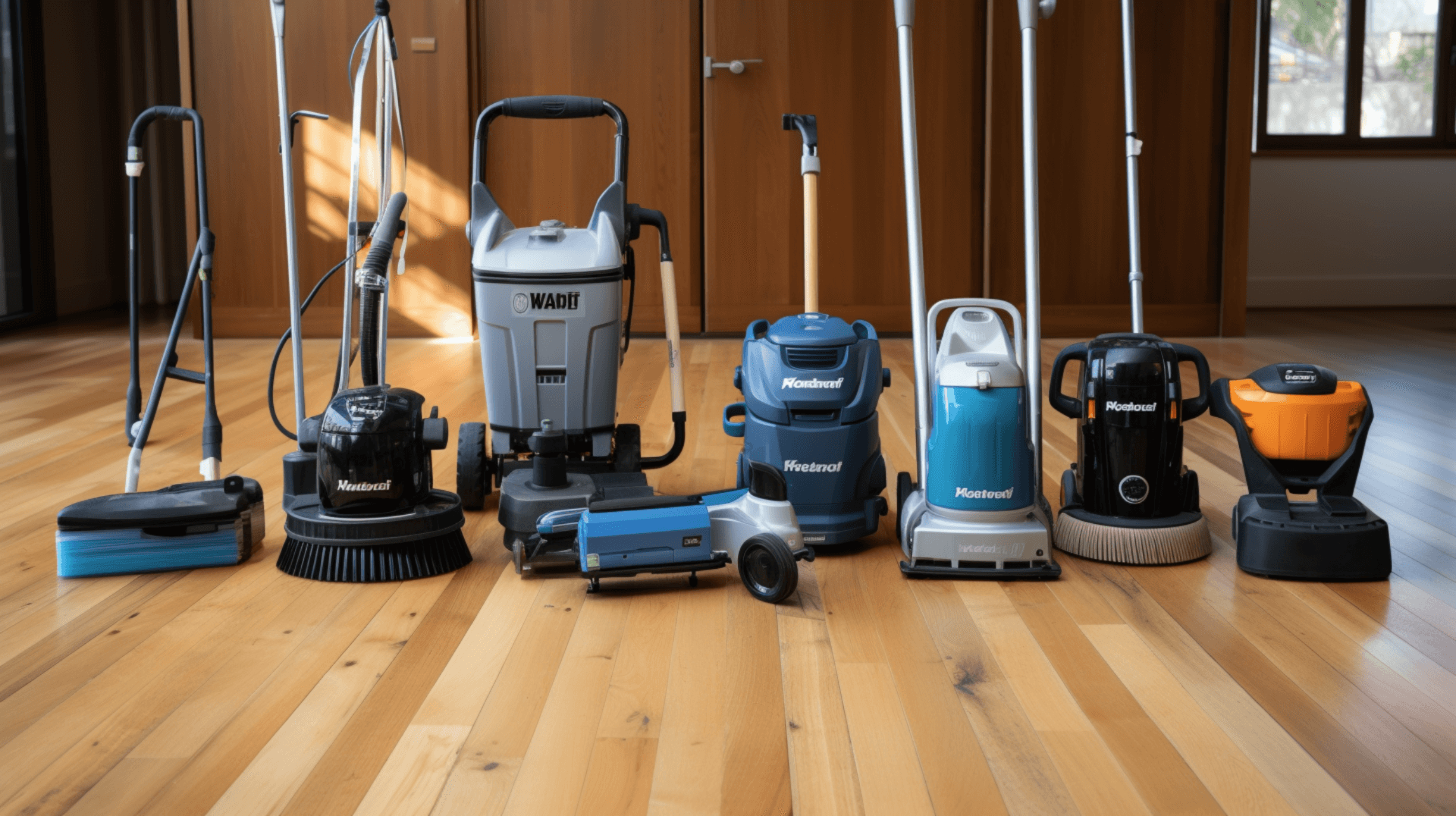Understanding the Basics of Wooden Floor Sanding Services in London
Wooden floor sanding is the process of removing the top layer of a wooden floor to restore its original finish and appearance. It is an important part of maintaining a wooden floor, as it helps to remove any scratches, dents, gouges, indentations, stains, and water damage. Sanding also helps to remove dirt and dust that has built up over time, as well as any wax or sealant that may have been applied.
The key benefits of wooden floor sanding for homeowners and business owners include: improved aesthetics, increased durability, and improved air quality. Sanding helps to restore the original finish of the floor, making it look as good as new. It also helps to protect the floor from further damage, as it removes any scratches or dents that may have occurred over time. Additionally, sanding helps to improve air quality by removing dust and dirt that can accumulate on the floor.
In London, there are a range of wooden floor sanding services available. These services typically include sanding, staining, gap filling, and finishing. Sanding services involve the use of specialized sanding machines and abrasives to remove the top layer of the floor, revealing the fresh wood beneath. Staining services involve the application of a colored finish to enhance the appearance of the floor. Gap filling services involve filling in any gaps or cracks in the floor to create a smooth and even surface. Finishing services involve applying a protective coating to the floor to enhance its durability and longevity.
Overall, wooden floor sanding is an essential process for maintaining the beauty and longevity of wooden floors. It offers a range of benefits for homeowners and business owners, and there are various services available in London to suit different needs and budgets.
The Importance of Preparing for Wooden Floor Sanding

When preparing for wooden floor sanding, homeowners and business owners should ensure that the room is cleared of furniture and any other items that may obstruct the sanding process. It is also important to seal any gaps between the floorboards and along the skirting, or alternatively, to fix hardboard or chipboard over the top of them. This will help to reduce draughts and ensure that the floor is properly insulated.
During the wooden floor sanding process, homeowners and business owners can expect the sanding team to use the latest sanding technology and techniques to ensure efficient and effective results. They will also use a range of abrasives to remove the top layer of the floor, revealing the fresh wood beneath. Once the sanding is complete, any gaps or cracks in the floor can be filled, and the floor can be stained and finished according to the desired look.
It is important to note that during the sanding process, there will be some dust and noise. Homeowners and business owners should ensure that the area is well-ventilated and that any pets or children are kept away. The sanding process can also take some time, depending on the size of the floor and the condition of the floor. a professional sanding service will work efficiently to minimize disruption and complete the job to a high standard.
Exploring the Different Types of Wooden Floor Sanding Services
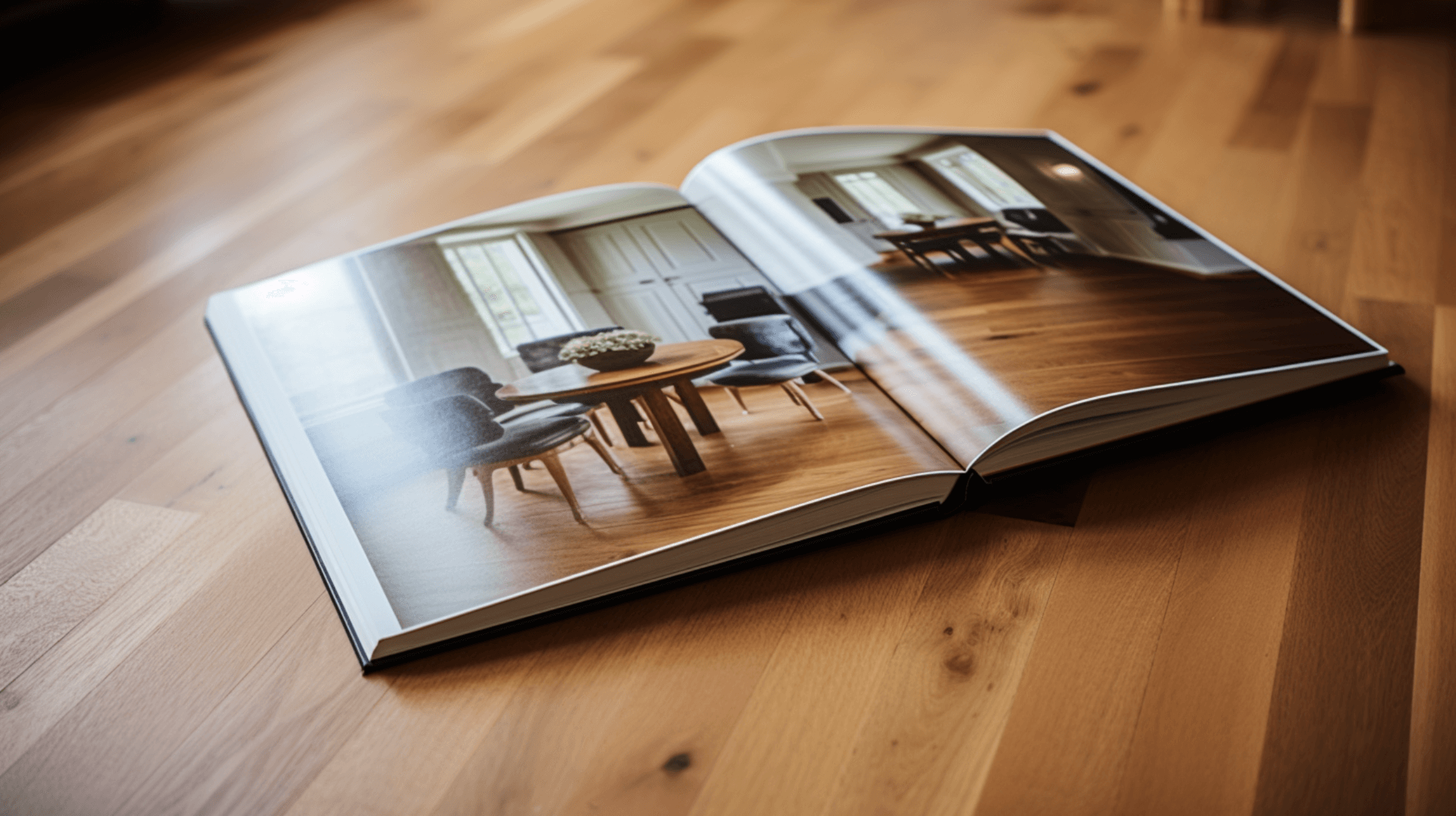
GJP Floor Sanding offers a range of wooden floor sanding services, including sanding, staining, gap filling, and finishing. These services are designed to restore the original finish of the floor and protect it from further damage.
Sanding: Sanding is the process of removing the top layer of a wooden floor to restore its original finish and appearance. It helps to remove scratches, dents, gouges, indentations, stains, and water damage. Sanding also removes dirt, dust, and any wax or sealant that may have been applied. If your floor is not accessible from below, your floorboards will need to be taken up in order to fit the insulation. You can reduce draughts by sealing the gaps between the floorboards and along the skirting, or alternatively, you can fix hardboard or chipboard over the top of them.
Staining: Staining involves applying a colored finish to enhance the appearance of the floor. This can be used to create a unique look or to match the existing dcor of the room. Staining also helps to seal the wood and prevent moisture penetration.
Gap Filling: Gap filling is the process of filling in any gaps or cracks in the floor to create a smooth and even surface. It helps to prevent draughts, improve insulation, and ensure proper preparation for the sanding process.
Finishing: Finishing involves applying a protective coating to the floor to enhance its durability and longevity. It helps to protect the floor from wear and tear, moisture damage, and stains.
Each type of service has its own benefits and costs associated with it. The cost of these services may vary depending on factors such as the size of the floor, the condition of the floor, and the type of finish required. GJP Floor Sanding offers competitive prices and a range of services to ensure that you get the best value for your investment.
How to Choose the Right Wooden Floor Sanding Service in London
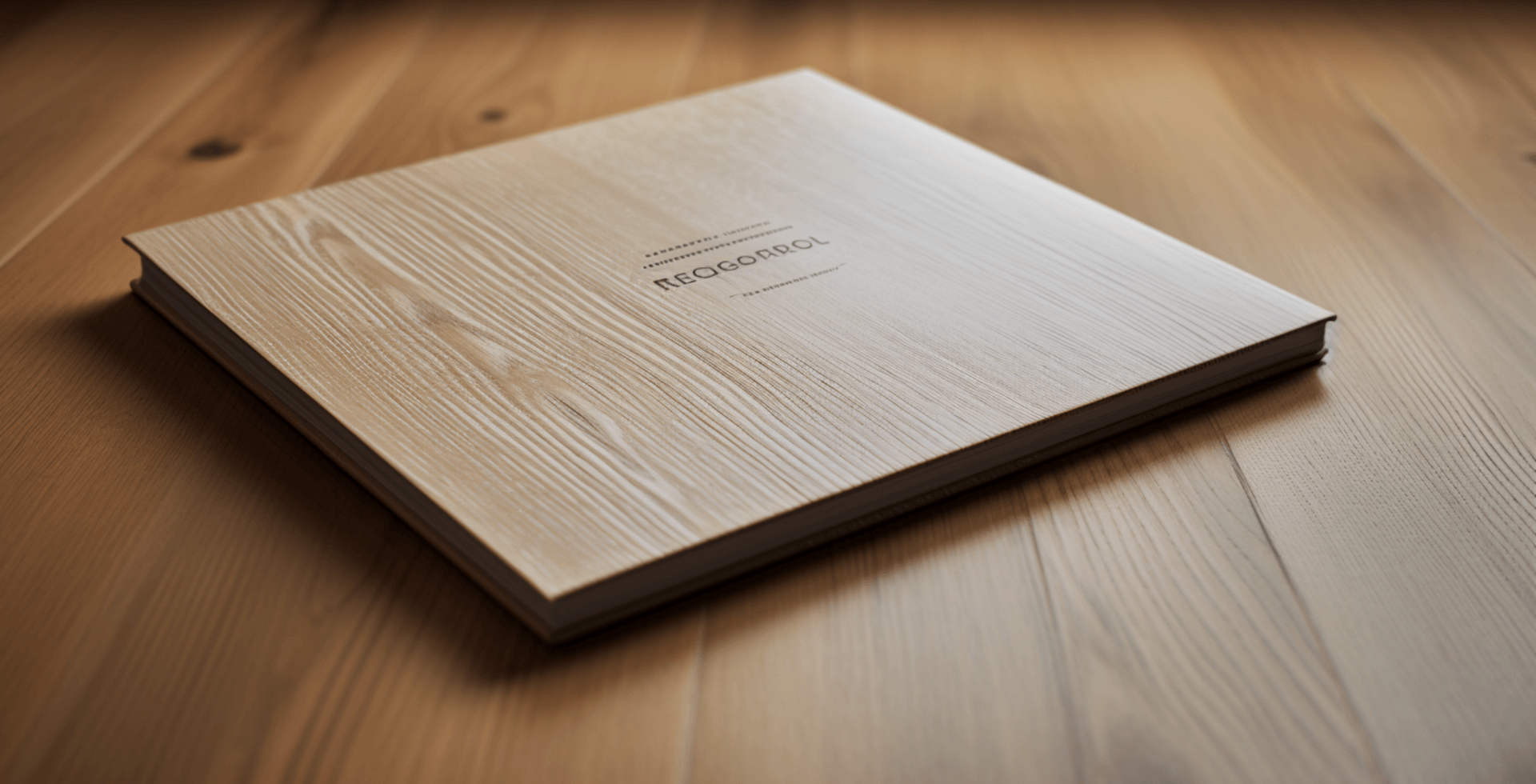
When choosing a wooden floor sanding service in London, there are several factors to consider to ensure that you choose the right service for your needs. Here are some tips to help you make an informed decision:
- Experience and Reputation: Look for a service that has a solid reputation and a portfolio of previous work. Ask for references and read customer reviews to get an idea of the quality of their work. A service with years of experience will have the knowledge and expertise to handle different types of floors and provide high-quality results.
- Licensing and Insurance: Ensure that the service you choose is licensed and insured. This will protect you in the event of any accidents or damages that may occur during the sanding process. It is important to work with a service that follows safety regulations and has the necessary insurance coverage.
- Range of Services: Consider the range of services offered by the wooden floor sanding service. Look for a service that provides a comprehensive service, including sanding, staining, gap filling, and finishing. This will ensure that all aspects of your floor restoration are taken care of by one service provider, saving you time and effort.
- Equipment and Techniques: Inquire about the equipment and techniques used by the service. Look for a service that uses the latest sanding technology and techniques to ensure efficient and effective results. Ask about the type of sanding machines and abrasives they use, as well as the type of finishes they offer. A service that keeps up with industry advancements will be able to provide a higher quality finish.
- Cost and Value: Consider the cost of the service and the value you will receive. While it is important to find a service that fits within your budget, it is equally important to ensure that you are getting the best value for your investment. Compare quotes from different services and consider the quality of our work, the range of services offered, and the level of customer service provided.
By considering these factors and asking the right questions, you can choose the right wooden floor sanding service in London that meets your needs and provides high-quality results.
The Role of Professional Wooden Floor Sanding Services
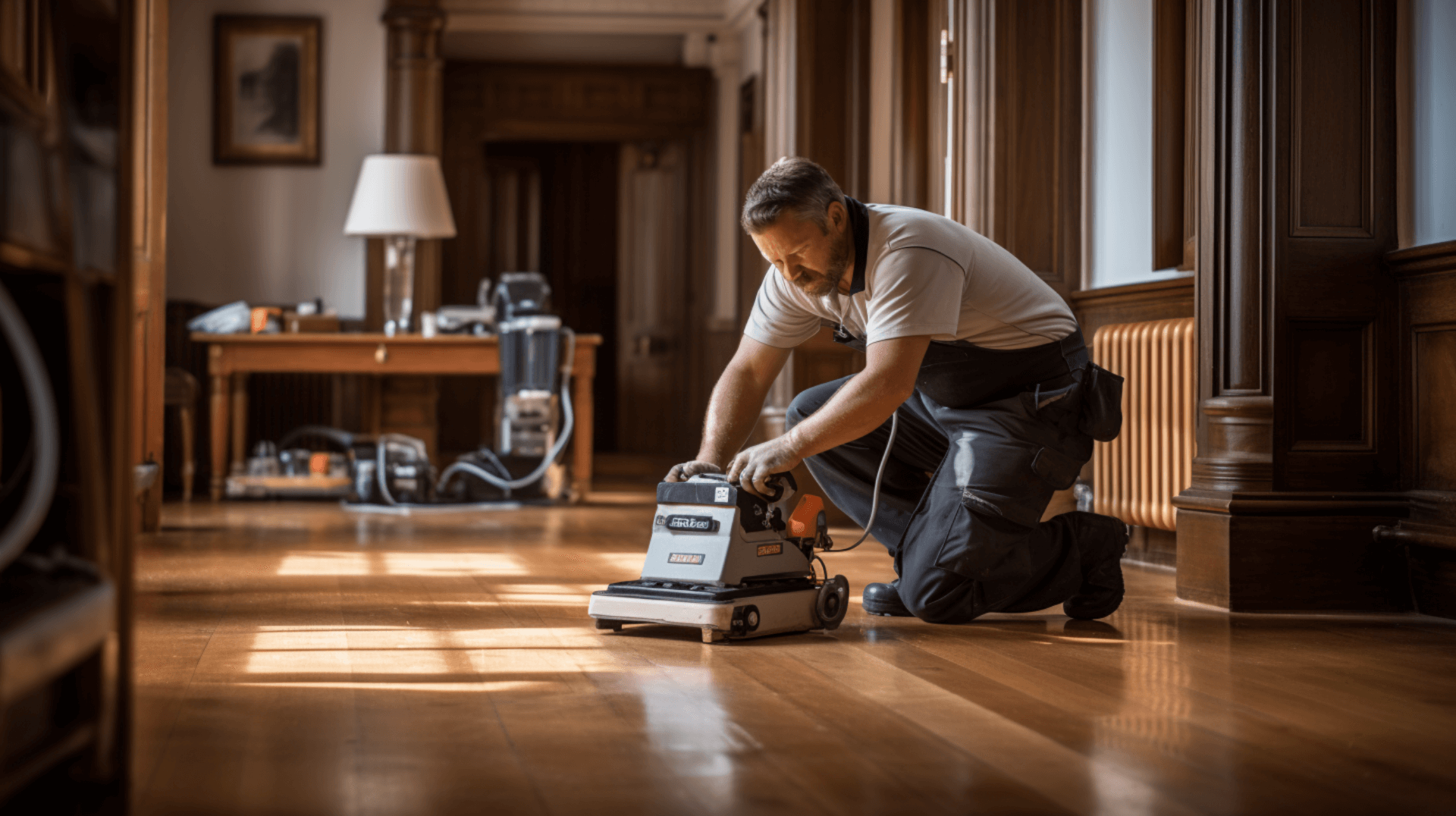
Hiring a professional wooden floor sanding service like GJP Floor Sanding is the best way to ensure that your wooden floor is restored to its former glory. Professional sanding services offer a range of benefits, including:
Expertise and Knowledge: Professional sanding services have the expertise and knowledge to handle different types of floors and provide high-quality results. We use the latest sanding technology and techniques to ensure efficient and effective results. We can address any damages to your wooden floor, such as scratches, dents, gouges, indentations, stains, and water damage. Additionally, we can provide advice and guidance on the best products and finishes to use for your floor.
Safety and Regulations: Professional sanding services follow safety regulations and have the necessary insurance coverage. This ensures that the sanding process is carried out safely and that any accidents or damages that may occur are covered. We also ensure that the product is installed correctly and in accordance with the national Building Regulations, including fire resistance and fire stopping requirements.
Range of Services: Professional sanding services provide a comprehensive service, including sanding, staining, gap filling, and finishing. This ensures that all aspects of your floor restoration are taken care of by one service provider, saving you time and effort.
Quality of Finish: Professional sanding services use the best equipment and techniques to ensure a high-quality finish. We can also provide advice and guidance on the best products and finishes to use for your floor, ensuring that it is protected and maintained to the highest standard.
Overall, hiring a professional wooden floor sanding service offers expertise, safety, a range of services, and a high-quality finish. We have the knowledge and experience to handle different types of floors, ensure safety and compliance with regulations, and provide a comprehensive service that covers all aspects of floor restoration.
Understanding the Equipment Used in Wooden Floor Sanding

Understanding the Equipment Used in Wooden Floor Sanding
Wooden floor sanding requires specialized equipment to achieve the best results. The type of equipment used in wooden floor sanding will depend on the size and condition of the floor, as well as the desired outcome. Generally, the equipment used includes sanders, edgers, buffers, and vacuums.
Sanders are the most important piece of equipment used in wooden floor sanding. They are used to remove the top layer of the floor, revealing the fresh wood beneath. Sanders come in a variety of sizes and shapes, and the type of sander used will depend on the size and condition of the floor. For example, a large drum sander is used for larger floors, while a smaller orbital sander is used for smaller areas. The quality of the sander used will have a direct impact on the outcome of the sanding process, as a high-quality sander will provide a smoother finish and reduce the amount of dust created.
Edgers are used to sand the edges of the floor, such as along the skirting boards and in corners. They are smaller than sanders and are designed to fit into tight spaces. The quality of the edger used will also have an impact on the outcome of the sanding process, as a high-quality edger will ensure precise and accurate sanding.
Buffers are used in the final stages of wooden floor sanding to create a smooth and polished finish. They are equipped with a rotating pad that is covered with a soft material, such as felt or synthetic fibers. Buffers help to remove any remaining imperfections and provide a glossy appearance to the floor.
Vacuums are used throughout the sanding process to collect the dust created. They are equipped with a powerful suction system that effectively removes dust and debris, ensuring a clean and safe working environment.
The quality of the equipment used in wooden floor sanding can have a significant impact on the outcome of the process. High-quality sanders, edgers, buffers, and vacuums will provide more efficient and effective results. They will ensure that the sanding process is precise, accurate, and thorough, resulting in a smooth and polished finish. Additionally, high-quality equipment will reduce the amount of dust created, making the sanding process cleaner and safer.
The Process of Wooden Floor Sanding

Wooden floor sanding is a multi-step process that involves removing the top layer of a wooden floor to restore its original finish and appearance. GJP Floor Sanding follows a comprehensive process to ensure a high-quality result.
The process begins with an inspection of the floor to assess its condition and identify any existing damage. This helps determine the best approach for restoration. The floor is then thoroughly vacuumed to remove dirt, dust, and debris.
Next, the sanding process begins. GJP Floor Sanding uses specialized sanders, such as drum sanders and orbital sanders, to remove the top layer of the floor. This reveals the fresh wood beneath and helps eliminate scratches, dents, gouges, indentations, stains, and water damage. Edgers are used to sand the edges of the floor, ensuring a consistent finish along the skirting boards and in corners.
After sanding, GJP Floor Sanding applies a stain to enhance the appearance of the floor. This can be customized to match the existing dcor or create a unique look. Gap filling is then performed to fill in any gaps or cracks, creating a smooth and even surface.
The final step is finishing, where a protective coating is applied to the floor. This coating enhances the durability and longevity of the floor, protecting it from wear and tear, moisture damage, and stains.
Throughout the process, GJP Floor Sanding uses specialized equipment and techniques to ensure efficient and effective results. Our expertise and attention to detail ensure a high-quality finish that restores the original beauty of the wooden floor.
PostSanding Care for Your Wooden Floor
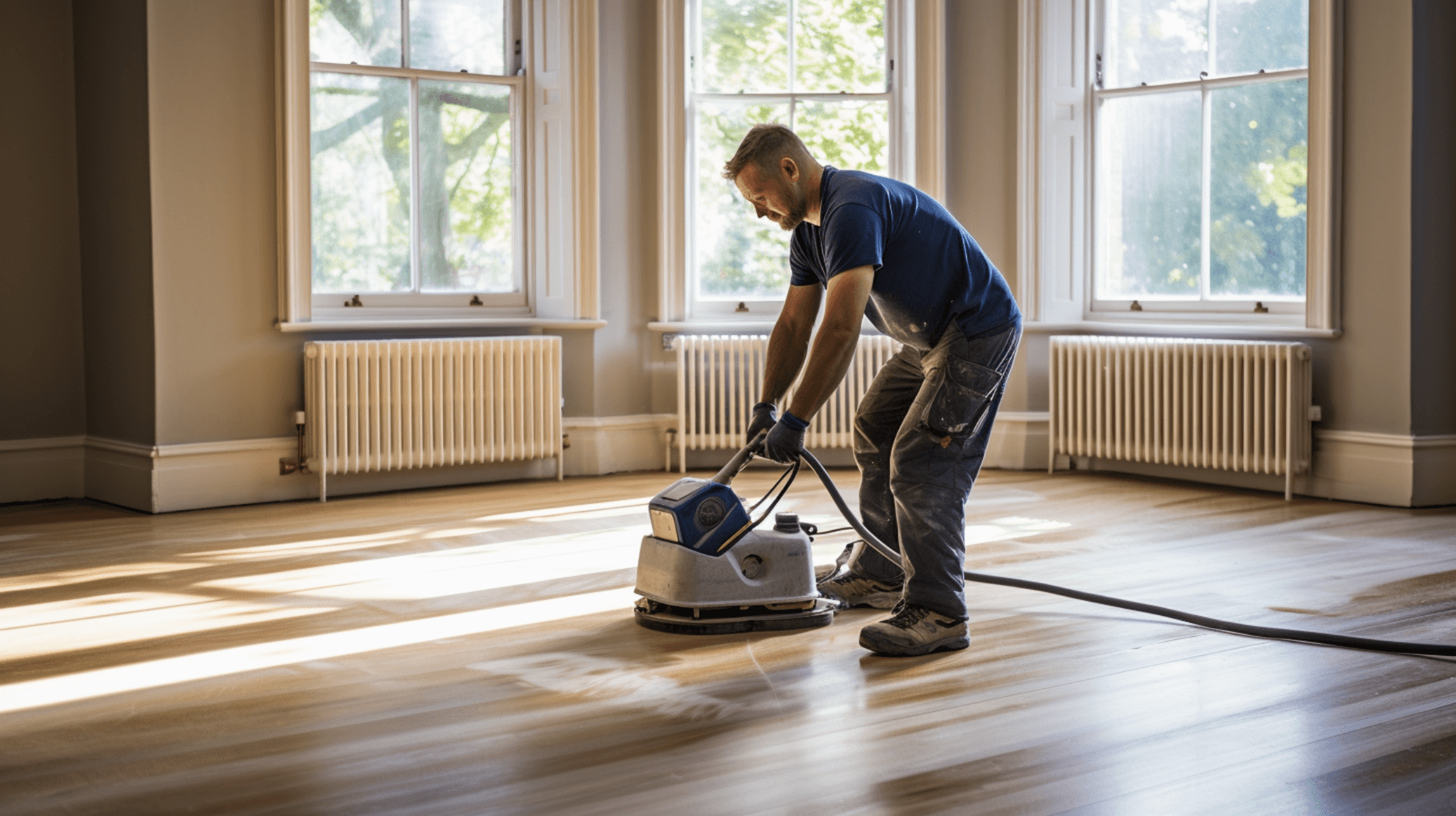
Caring for your wooden floor after sanding is essential to ensure its longevity and maintain its beauty. Here are some tips to help you keep your wooden floor looking its best:
Cleaning: Regularly sweep and vacuum your wooden floor to remove dirt and debris. Use a soft-bristled broom or a vacuum cleaner with a soft brush attachment to avoid scratching the surface. Avoid using water or any other liquid cleaners, as this can damage the finish.
Protection: Place mats or rugs at entrances and high-traffic areas to protect the floor from dirt and wear. Place felt pads under furniture legs to prevent scratches.
Maintenance: Periodically check for signs of wear and tear, such as scratches, dents, and water damage. If any damage is found, it should be addressed immediately to prevent further damage. Additionally, check for gaps in the floor covering or floor perimeter, as these can lead to draughts and heat loss. If any gaps are found, they should be filled in to prevent air infiltration.
Insulation: Installing underfloor insulation can help reduce heat loss and improve thermal comfort. This can be beneficial for carbon reduction and alleviation of fuel poverty.
By following these tips, you can ensure that your wooden floor remains in excellent condition after sanding. Regular cleaning, protection, maintenance, and insulation will help prolong the life and maintain the beauty of your wooden floor.
The Impact of Wooden Floor Sanding on Property Value
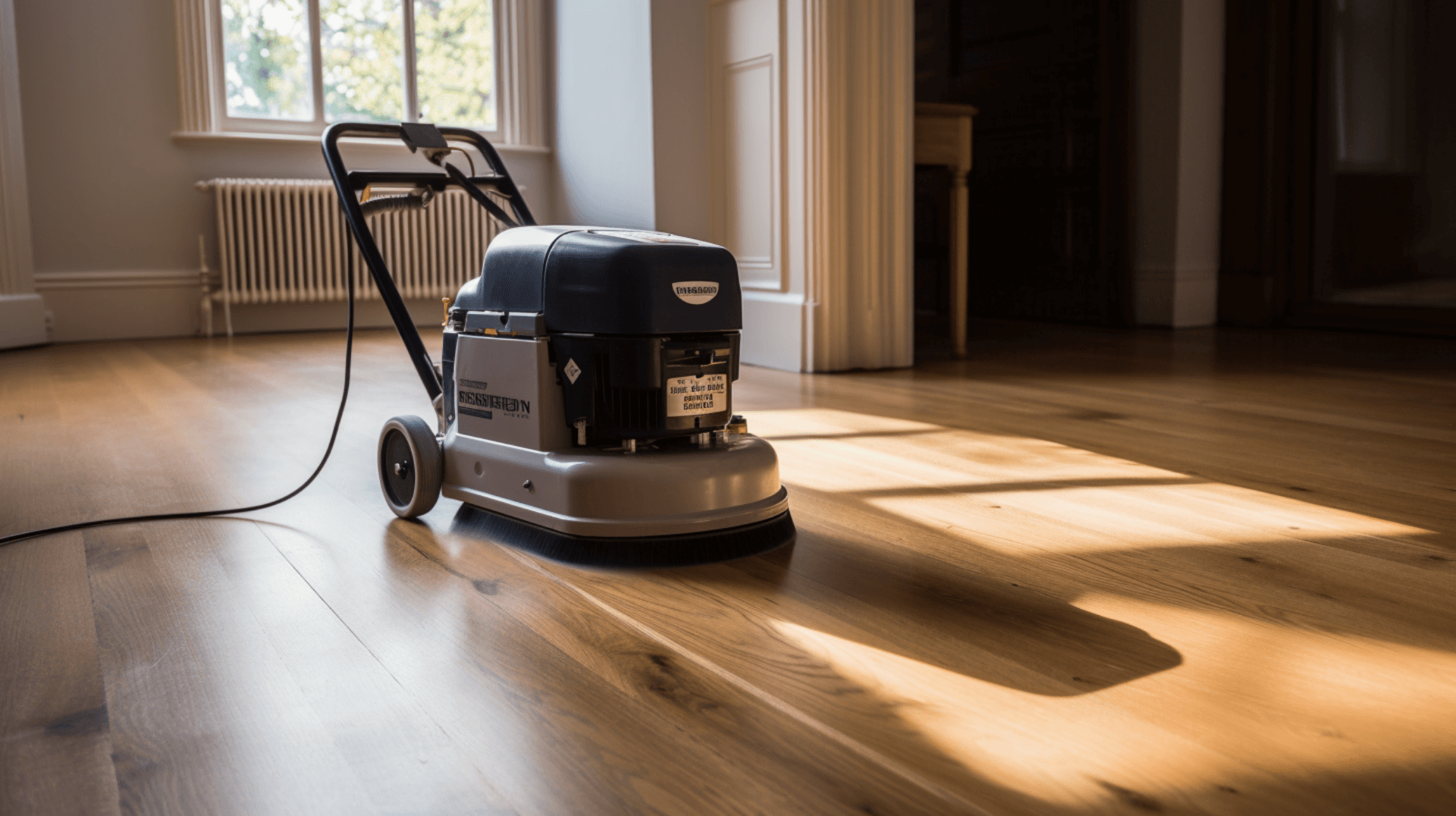
Wooden floor sanding can significantly enhance the value of a property. By restoring the original beauty of a wooden floor and addressing any existing damage, sanding can make the property more attractive to potential buyers. This can increase the perceived value of the property and potentially lead to a higher selling price.
In addition to the aesthetic benefits, wooden floor sanding also improves the structural integrity of the floor. By repairing scratches, dents, gouges, indentations, stains, and water damage, sanding extends the lifespan of the floor and reduces the need for future repairs. This can be a major selling point for buyers, as they can have confidence in the durability and longevity of the floor.
Investing in wooden floor sanding also provides long-term benefits. By reducing heat loss and improving thermal comfort, sanding can help lower energy bills and alleviate fuel poverty. Additionally, sanding protects the floor from wear and tear, moisture damage, and stains, making it more durable and easier to maintain. This can save homeowners and business owners money on future repairs and maintenance.
Overall, wooden floor sanding enhances the value of a property by improving its appearance, structural integrity, and long-term benefits. It is a worthwhile investment for homeowners and business owners looking to increase the value and desirability of their property.
Addressing Common Concerns About Wooden Floor Sanding
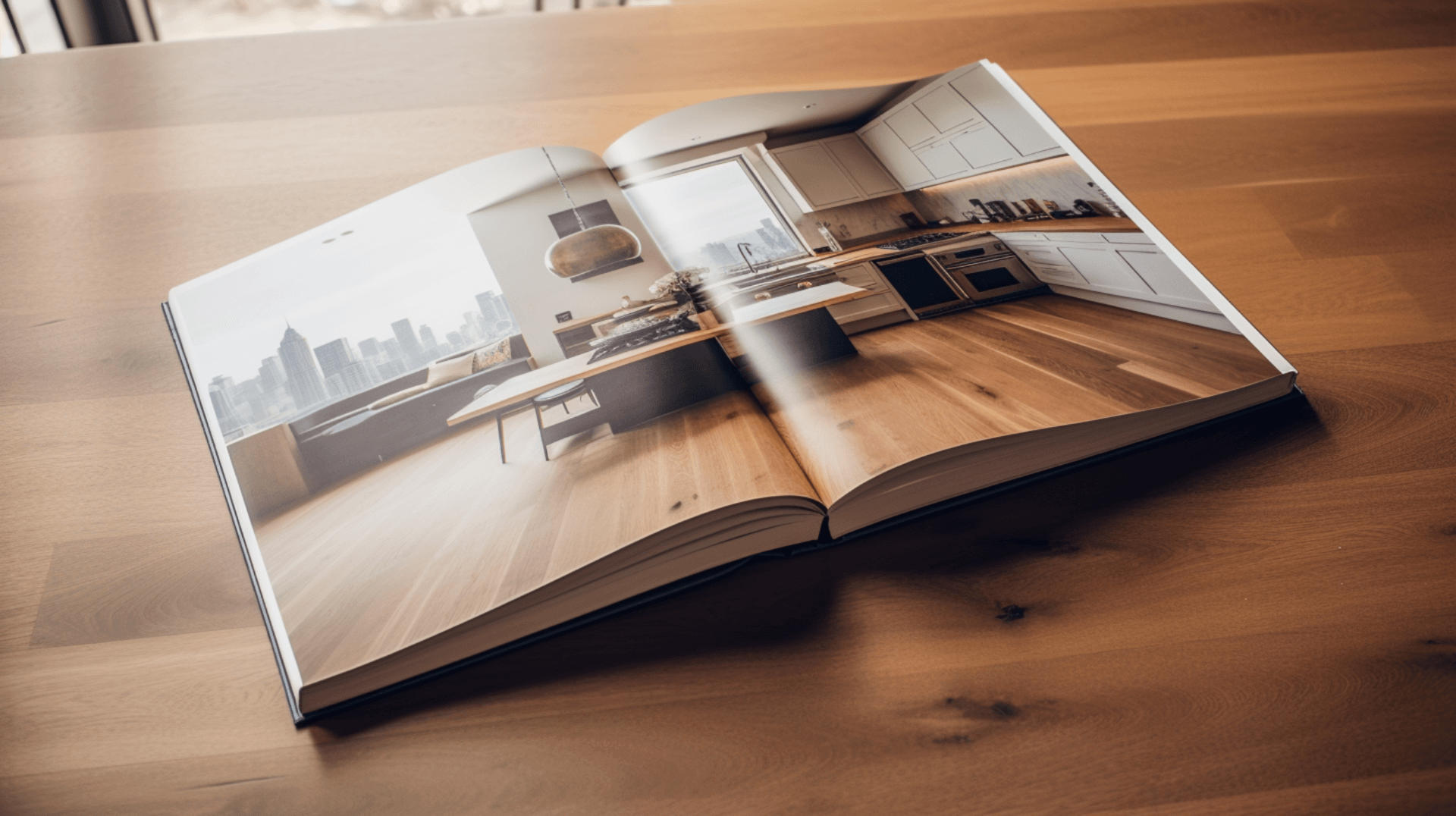
Addressing Common Concerns About Wooden Floor Sanding
Many homeowners and business owners have concerns or misconceptions about wooden floor sanding. Common concerns include the amount of dust created, the noise generated, and the time it takes to complete the process. GJP Floor Sanding addresses these concerns by using specialized equipment and techniques to minimize dust and noise, and by providing efficient and effective results.
Dust: GJP Floor Sanding understands that dust is a major concern for customers. We use high-quality sanders, edgers, buffers, and vacuums that are equipped with powerful suction systems to minimize dust and ensure a clean and safe working environment. We also take measures to ensure adequate cross-ventilation, such as installing vents in opposing external walls, to further reduce dust accumulation.
Noise: GJP Floor Sanding recognizes that noise can be disruptive and uncomfortable. We use noise-reducing equipment and techniques to minimize noise during the sanding process. Additionally, we take steps to provide a quiet and comfortable working environment, such as using sound-proofing materials and working efficiently to minimize the duration of noise.
Time: GJP Floor Sanding understands that time is valuable for customers. We are committed to providing efficient and effective results by using the best equipment and techniques. Our experienced technicians work diligently to complete the sanding process in a timely manner without compromising on quality.
Insights from GJP Floor Sanding Experts
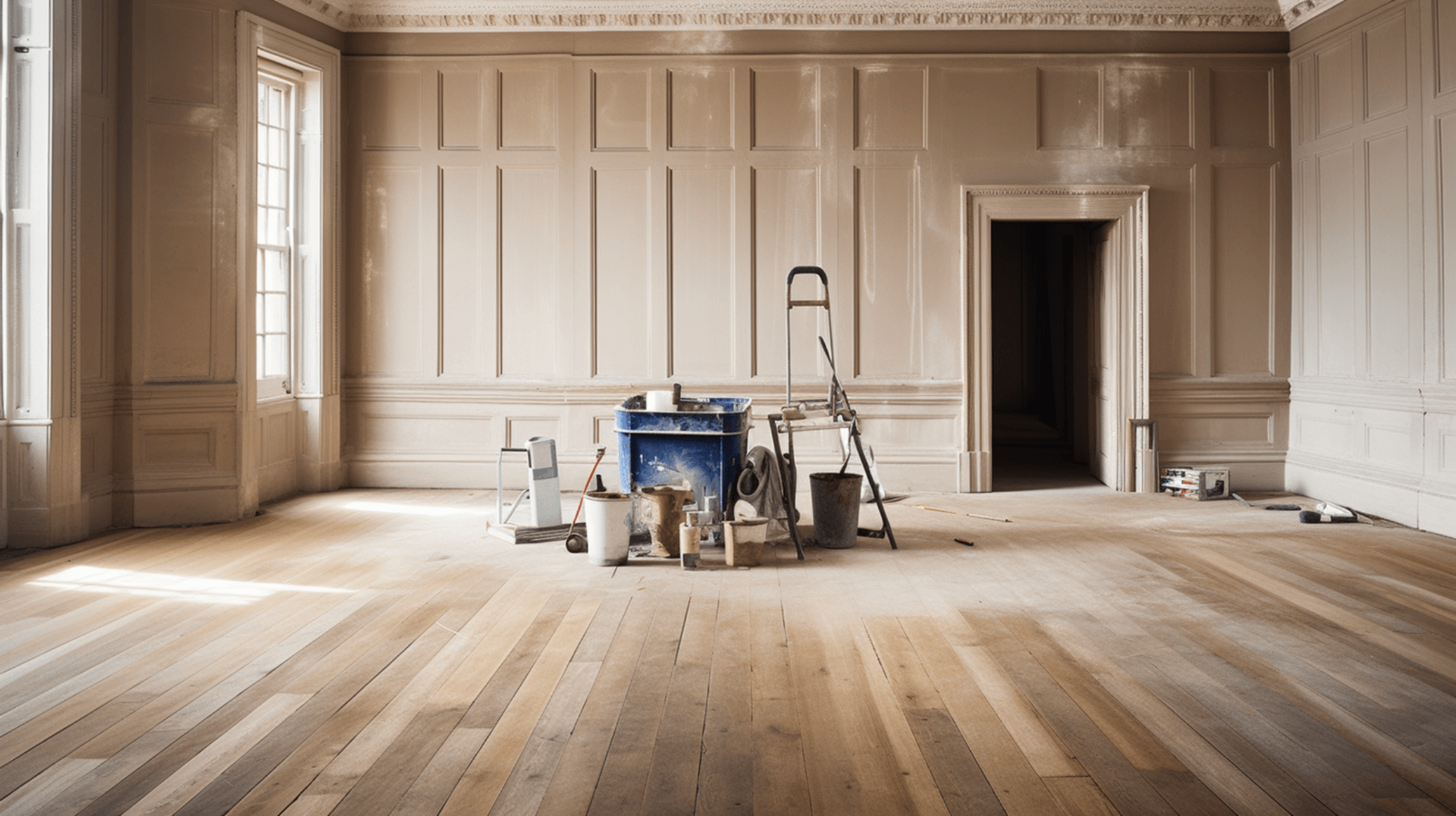
GJP Floor Sanding experts have extensive experience and knowledge in the wooden floor sanding process. We understand the importance of using the right equipment and techniques to achieve the best results. Our expertise can benefit homeowners and business owners in a number of ways.
GJP Floor Sanding experts can provide advice on the best approach for restoring a wooden floor. We can assess the condition of the floor and identify any existing damage, helping to determine the best approach for restoration. This includes lifting the floor finish (carpets or floor covering) in a discreet location to minimize disturbance. Additionally, we can confirm the floor construction, as many buildings may have been built with solid floors under the rear rigger, or may have undergone upgrades or repairs to floors since the time of our original construction.
GJP Floor Sanding experts can provide guidance on the best equipment and techniques to use. We understand the importance of using high-quality sanders, edgers, buffers, and vacuums to ensure efficient and effective results. Additionally, we can provide advice on how to minimize dust and noise during the sanding process, as well as how to ensure adequate cross-ventilation, such as installing vents in opposing external walls.
GJP Floor Sanding experts can provide advice on how to care for a wooden floor after sanding. We can provide tips on cleaning, protection, and maintenance to ensure the floor remains in excellent condition. We can also provide guidance on the best temperature and humidity levels to maintain year-round, as well as advice on how to inspect the floor for abnormal shrinkage and swelling. This ensures that the sanding process is tailored to the individual needs of the customer.
Overall, the insights provided by GJP Floor Sanding experts can help homeowners and business owners make informed decisions about our wooden floor sanding projects. Our expertise can ensure that the process is efficient, effective, and tailored to the individual needs of the customer.
Contact GJP Floor Sanding for Your Wooden Floor Needs
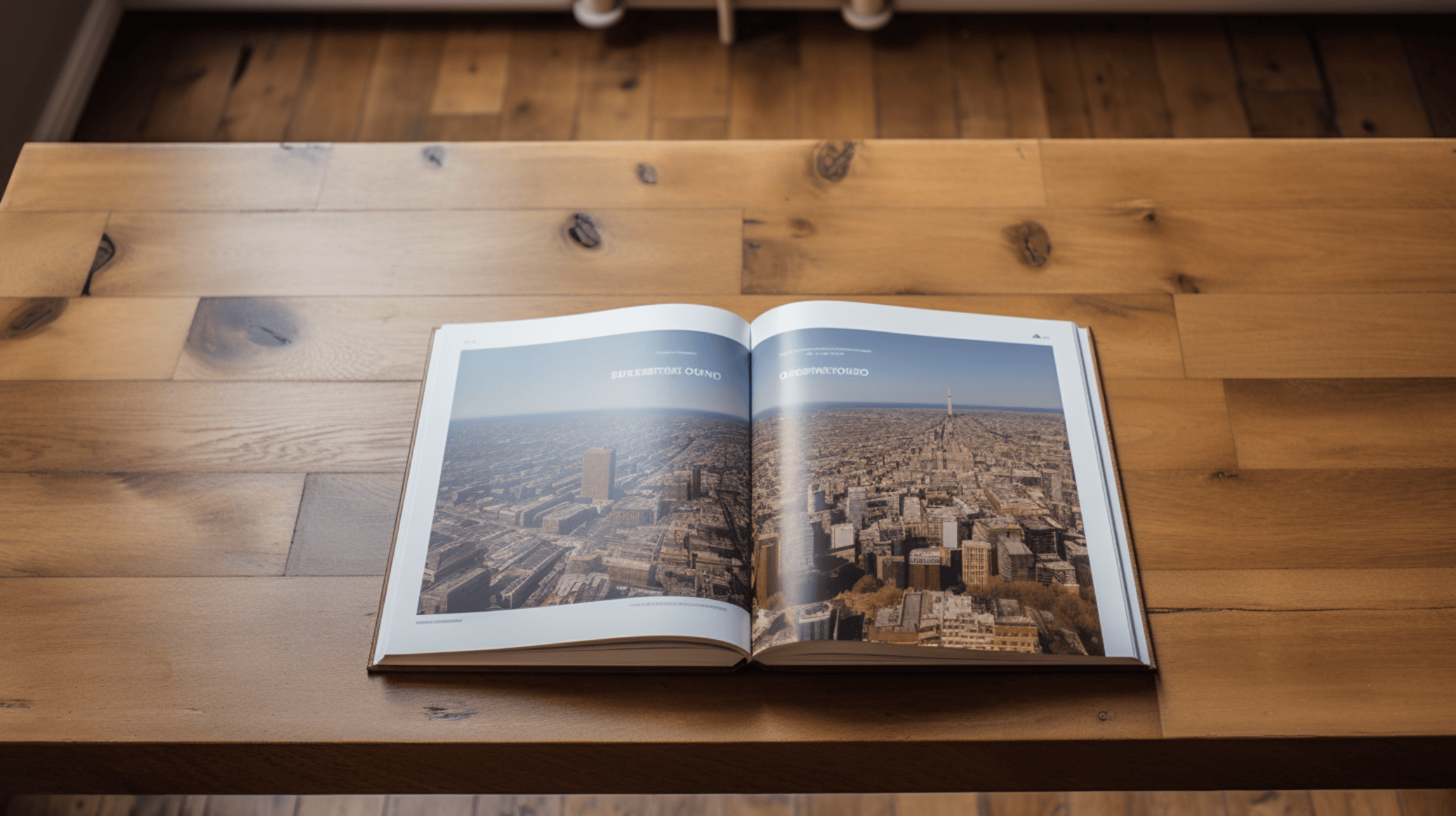
To get in touch with GJP Floor Sanding for your wooden floor sanding needs, you can visit our website at www.gjpfloorsanding.com or call our customer service team at +44 (0) 02036 978 431. We offer free, no-obligation quotes and consultations to help homeowners and business owners make informed decisions about our projects.
When you choose GJP Floor Sanding for your wooden floor sanding project, you can expect a comprehensive process that ensures a high-quality result. Our experienced technicians will inspect your floor to assess its condition and identify any existing damage. We will then use specialized sanders, edgers, buffers, and vacuums to remove the top layer of the floor and repair any scratches, dents, gouges, indentations, stains, and water damage. We can also apply a stain to enhance the appearance of the floor and fill in any gaps or cracks. Additionally, we can provide advice on how to achieve a thermal transmittance (U-value) of at least 0.22 W/mK, which can help improve energy efficiency and reduce heating costs.
GJP Floor Sanding is the leading provider of wooden floor sanding services in the UK. Our experienced technicians use the best equipment and techniques to provide efficient and effective results. Contact us today to discuss your project and receive a free, no-obligation quote.
